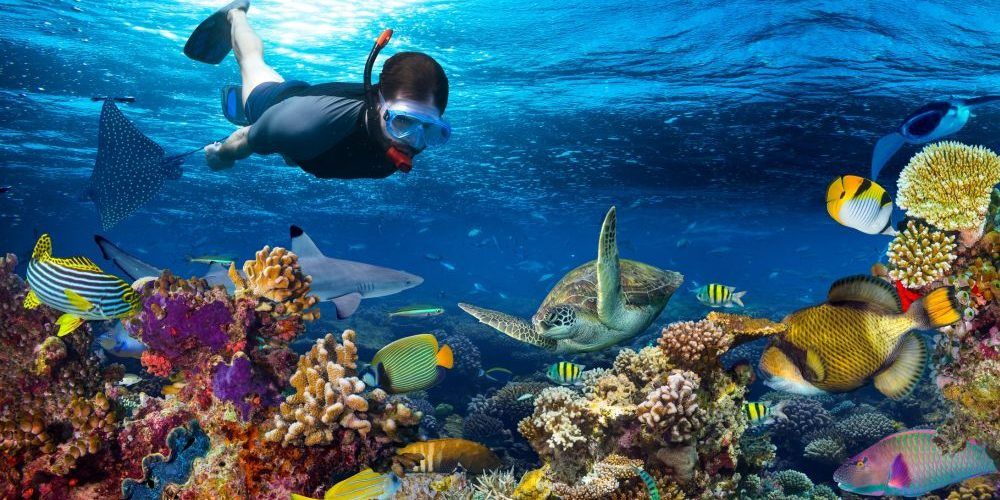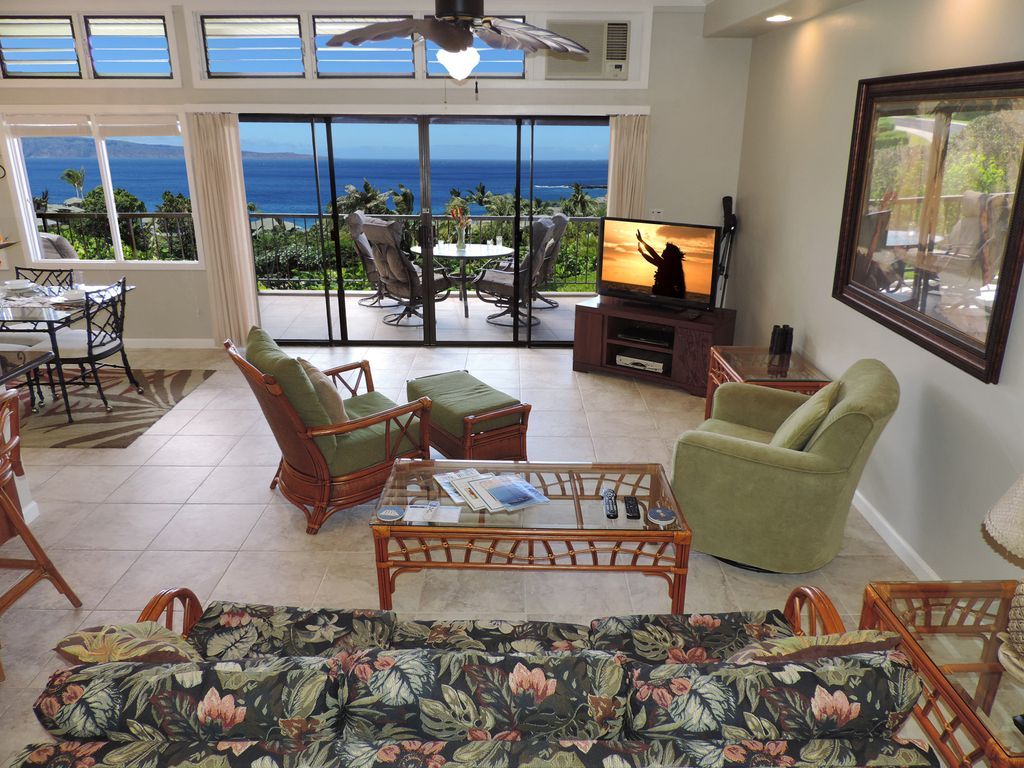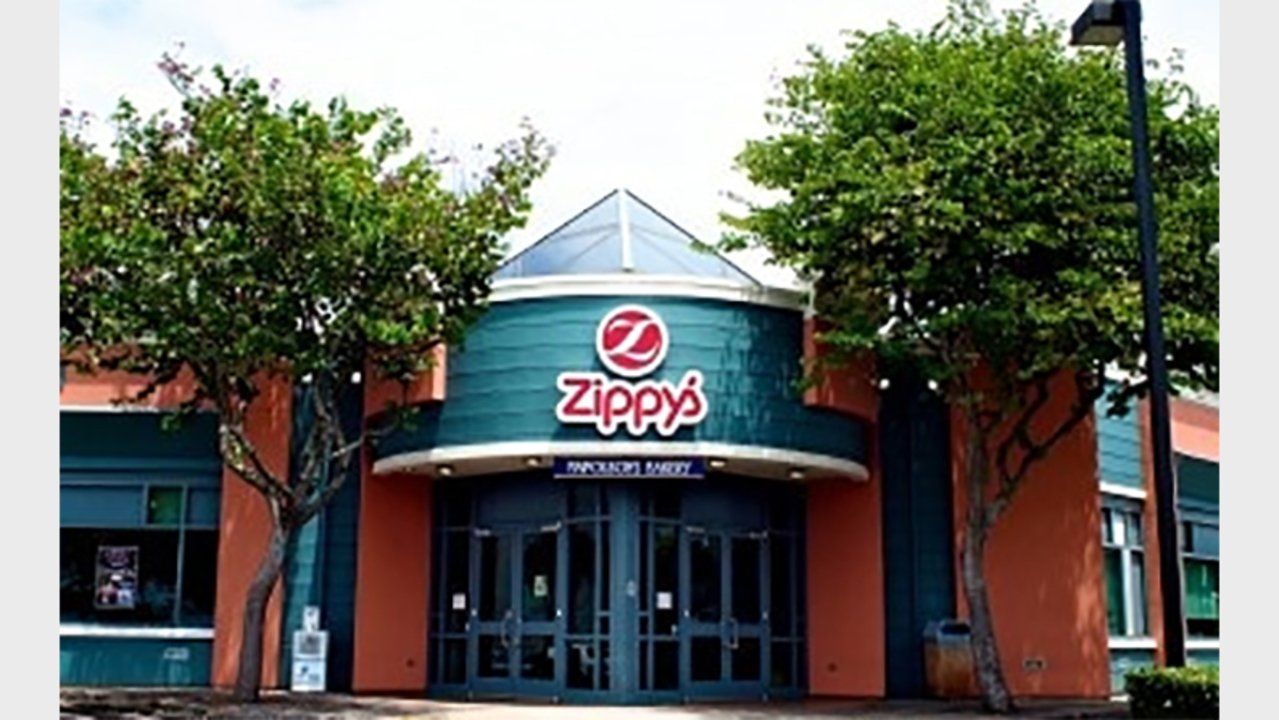This Just In...
We Love Pono ChemDry
Stay & Play Maui
The Uncleanable Carpet
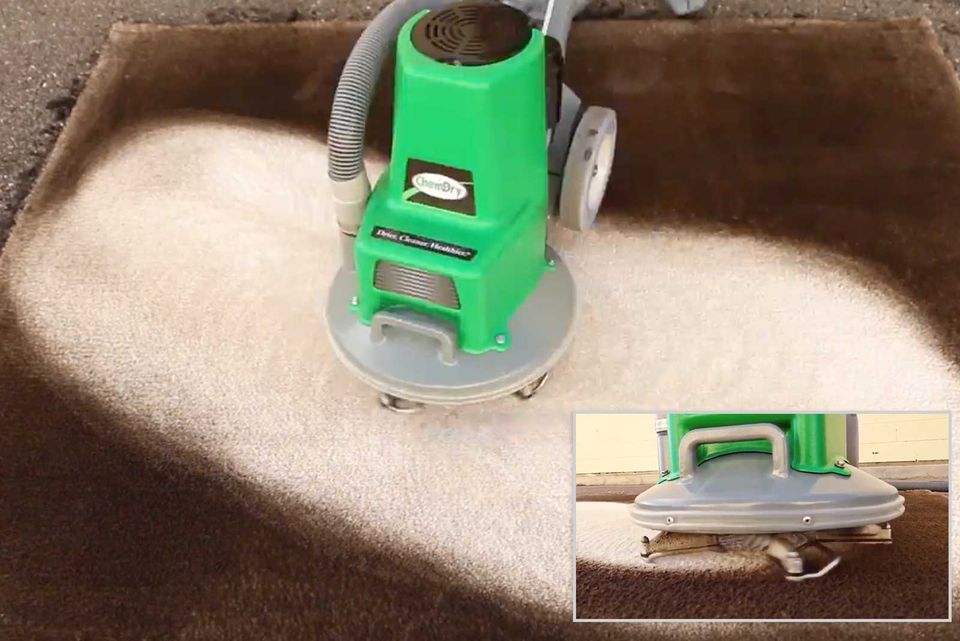
Here is why Stay & Play Maui recommends Pono ChemDry for Property Managers and Vacation Property Owners.
Local Carpet Cleaning Services
Count on us for the best carpet cleaning on Maui. Pono Chem-Dry
is proud to provide our Maui neighbors with a deeper clean and a fresher home. We love serving our neighbors, and they love us back – our customers are long-time, satisfied clients. Our professionally trained, hardworking, and friendly technicians go the extra mile to understand your home’s specific needs and give your family the clean, healthy home they deserve.
The Process
Chem-Dry provides a deeper, longer-lasting, healthier carpet cleaning experience. Typical steam cleaning services use an excessive amount of water, which results in a much longer dry time and can lead to mold and mildew growth at the base of your carpets. Our proprietary Hot Carbonating Extraction cleaning process uses about 80% less water than steam cleaners and gets better results. Using a natural, green-certified carbonated cleaning solution that's heated to over 200 degrees, millions of tiny bubbles penetrate to the base of your carpets to lift dirt, grime, dust and other allergens to the surface. Then our powerful extraction equipment removes these unhealthy elements along with the most of the water. So your carpets are dry in 1-2 hours with Chem-Dry, compared to 1-2 days with most steam cleaners!
Your Home
We know you have a choice when it comes to carpet cleaners near your home. We promise to treat your home, your family and your pets with the courtesy and care you deserve. Our friendly, professionally-trained technicians understand that getting ready to have your carpets cleaned is a big deal, and they take pride in delivering superior, healthier results for your family and your home.
Tested and Proven Superior Results
Our Hot Carbonating Extraction (HCE) process was tested by a leading independent air quality laboratory in multiple homes. The lab found that Chem-Dry removes an average of 98.1% of common household allergens from carpets and upholstery. The common allergens tested were dog and cat dander and dust mite allergen.
Additionally, our HCE process, when coupled with a sanitizer, was found to remove an average of 89% of the airborne bacteria in the home and 82.3% of the bacteria in carpets.
The Natural
Visit Pono ChemDry's Website for More Info
Chem-Dry's signature cleaning solution, The Natural®, is a cleaning mixture that, through the power of carbonation, lifts dirt and grime to the surface where it is whisked away. The Natural is green-certified, safe and non-toxic so it's ideal for homes with kids and pets.
You can trust our deeper-cleaning, healthier carpet cleaning service to meet your needs and exceed your expectations. Chem-Dry is preferred by customers and professionals alike. The Carpet and Rug Institute (CRI) designated Chem-Dry as a company deserving of the CRI Seal of Approval for our innovative and unique hot carbonating system. This program identifies effective carpet cleaning solutions and equipment that clean carpet right the first time and protect a home or commercial facility's carpet investment. The blue and green CRI Seal of Approval is proof that you are investing in a proven, high quality service.
Don't forget, when it comes to the best carpet cleaning in your area, Chem-Dry is your best choice. Our goal is to provide you with a clean and healthy home. Our hope is that you become a long-time client for years to come. We are proud to serve this community with industry-leading services.
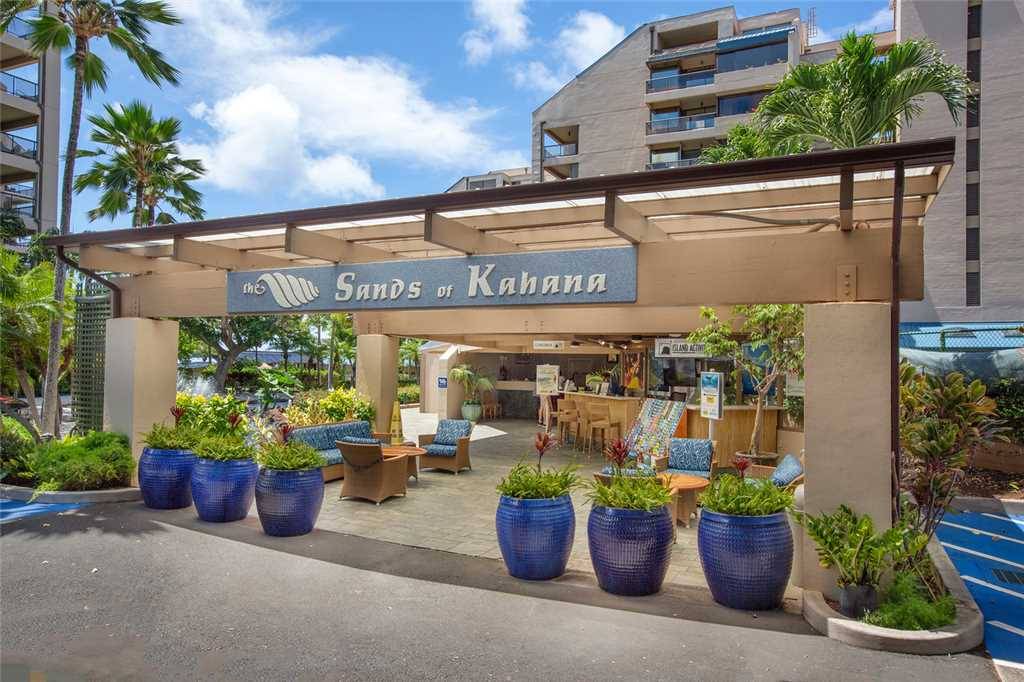
This is a perfect Second home or move right into an ongoing rental operation making with this complete turnkey Unit. There is over 1700 square feet of living space including the large lanai, making this one of the best floor plans currently available in this price range. The unit has tile and waterproof vinyl floors throughout. Air conditioning in the Living room/Master Bedroom area. Nicely appointed and fully furnished this is currently operated in a successful rental program. There is abundant storage including an additional secured exterior storage area. Exceptionally big Ocean views from this very open floor plan. This is a perfect Second home or move right into an ongoing rental operation making with this complete turnkey Unit. In addition to direct access to the beach the Sands of Kahana features two swimming pools, two heated outdoor spas, three tennis courts, two fitness rooms, Restaurant and Bar, several gas Bar B Que areas, 24 hour front desk, 24 hour security patrol, putting green, large koi pond, concierge desk, sea kayak and stand up paddle board rental onsite. In addition, there are five more restaurants, shops, activities, Whaler General store, gas station and additional amenities and services all within walking distance. Call your favorite Realtor today to set up a showing today.

Science and Hawaiian Culture Lock Horns on the Big Island Hawaii's Largest Selection of Activities On Hawaii's Big Island protests by Native Hawaiians have flared for years against the construction of an 18-story telescope atop the volcano Mauna Kea. In a sense these protests have roots in the creation story told from one generation of Native Hawaiians to the next: Wakeia, the union of Sky Father, and Papahānaumoku (Papa, for short) and the Earth Mother gave birth to the Hawaiian islands with its highest summit, Mauna Kea, as its piko or navel. Some Native Hawaiians consider Mauna Kea to be their living elder sibling. Mauna Kea’s summit is believed to be where the gods reside. Some families still place umbilical cords on the summit after childbirth because of a living connection to their ancestry tradition. The conflict between Native Hawaiians, scientists, government and its legal system over construction of The Thirty Meter Telescope (TMT) is very complex, involving issues of indigenous rights, sovereignty and environmental stewardship. The TMT is not the first such project to break ground on Mauna Kea. Rather, over the course of 50 years, thirteen telescopes have preceded it, ever since Hawaii and the University of Hawaii foresaw the possibilities of an astronomy boon for the economy. For scientists, Mauna Kea’s summit is an ideal site in the northern hemisphere, even the world, for astronomy and its quest to find signs of extraterrestrial life. The Hubble space telescope can see objects 200 times sharper than Galileo’s telescope. The TMT will be able to see objects three times sharper than the Hubble: planets orbiting stars, details of the galaxy at the beginning of time. Understandably this is all very exciting for scientists, but even current astronomy facilities already threaten Mauna Kea's fragile ecosystem and have destroyed habitats for native species. The summits of both Mauna Kea and Haleakalā are home to unique ecosystems and rare and endangered species, many of which are found nowhere else on our planet. These summits are themselves part of the larger ecosystem of the entire Big Island. And each of these volcanoes is part of a complex and uniquely Hawaiian eco-cultural system involving freshwater, land, plants, animals, ocean, and people. Managed today by the state of Hawaii and the University of Hawaii, Native Hawaiians have never relinquished their claims to either Mauna Kea or Hawaii’s almost 2 million acres of land. No surprise, therefore, that TMT has resulted in Native Hawaiians mobilizing around aloha 'aina, their core philosophy that translates into deep love of the land and guides the relationship of Hawaiians to Mauna Kea and the rest of Hawaii’s environment. Guided by aloha ‘aina, protesters refer to themselves as “protectors” making a stand for their native land and Hawaiian culture. They view TMT as an act of cultural desecration that also is detrimental to the ecosystem. Protests that began locally have gone global, especially after the Supreme Court of Hawaii validated TMT’s construction permit a year ago. Adding to the complexity of the conflict, polling has consistently shown that a majority of Hawaii voters support the construction of the telescope by a margin of more than 2-to-1. Polls even have shown that a majority of Native Hawaiian support the TMT project. So what really is at stake? How should visitors to Hawaii interpret the conflict between Native Hawaiians and most of Hawaii’s population? Is this just a case of native beliefs versus modern science or is something more fundamental in play? For those of us who help visitors find their way to and experience Mauna Kea, this great mountain symbolizes the conflict between different ways of knowing and experiencing the world. For many Native Hawaiians and other indigenous peoples elsewhere, sacredness means much more than merely a concept. It is a lived experience of oneness and connectedness with both natural and spiritual worlds. Native Hawaiians are not protesting science. They are embracing some of the same core values that attract visitors to Hawaii. Visitors are attracted to the Hawaii because it lies far out in the middle of the Pacific and far off the beaten path. Yes, the atmosphere is much cleaner and mountains like Mauna Kea are the best places on the planet for astronomical observatories. But since climate change and other mounting environmental issues are pushing more and more people to view our planet’s environment as challenged and even in jeopardy, increasing numbers of non-indigenous peoples are coming to places like Hawaii in search of a genuine respite and, at the same time, are truly respectful of the need for stewardship for our planet and its special places like Hawaii.


